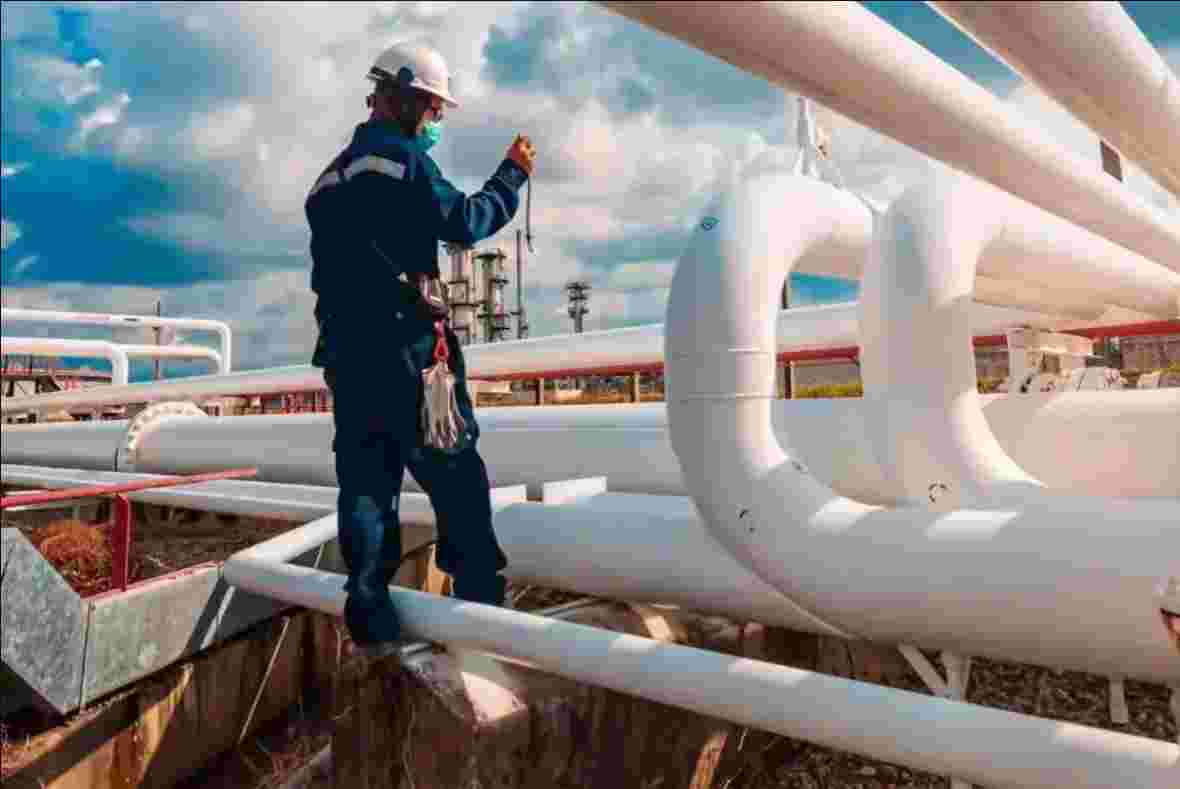


Discover the crucial role of pipe insulation in safety, energy efficiency, and system longevity. Learn about types, benefits, and applications.
Pipe insulation is a critical yet often overlooked component in the infrastructure of many buildings and industrial facilities. Its primary role extends beyond merely maintaining the temperature of the fluids or gases inside the pipes; it plays a vital role in ensuring the safety, efficiency, and longevity of piping systems. In industries such as oil and gas, where G & R insulation has made its mark, the importance of pipe insulation cannot be overstated. This blog post will delve into what pipe insulation is, why it is essential for safety and the benefits it offers across various applications.
Pipe insulation refers to the material wrapped around pipes to protect them from external elements and regulate the temperature of the contents within. It can be made from various materials, including fiberglass, foam, and rubber, each offering different benefits depending on the application.
Fiberglass insulation is a popular choice due to its thermal resistance and soundproofing qualities. It is suitable for high-temperature applications and can be used in both residential and industrial settings.
Foam insulation, made from materials like polyurethane or polyethylene, is ideal for lower-temperature applications. It provides excellent thermal insulation and is often used in plumbing systems.
Rubber insulation is highly flexible and resistant to moisture, making it suitable for outdoor and underground pipes. It is commonly used in refrigeration and HVAC systems.
One of the primary functions of pipe insulation is to maintain the temperature of the fluids or gases traveling through the pipes. In colder climates, it prevents heat loss, while in warmer environments, it helps maintain cool temperatures. This regulation is crucial for processes that require precise temperature control.
By reducing heat loss or gain, pipe insulation significantly enhances the energy efficiency of heating and cooling systems. This efficiency translates into lower energy bills and reduced environmental impact, making it an essential component for both residential and industrial facilities.
In colder climates, uninsulated pipes are at risk of freezing, which can lead to blockages and burst pipes. Pipe insulation provides a protective barrier that helps prevent freezing, ensuring the continuous flow of water and reducing the risk of costly repairs.
Pipe insulation also plays a crucial role in preventing condensation on pipes, especially in areas with high humidity. Keeping the pipe surface temperature above the dew point, it reduces the likelihood of moisture buildup, which can lead to mold growth and structural damage.
In industrial settings, proper pipe insulation is essential for safety and compliance with regulations. Insulation helps prevent burns and other injuries caused by contact with hot or cold pipes. It also ensures that systems operate within safe temperature ranges, reducing the risk of accidents.
Pipe insulation extends the lifespan of pipes by protecting them from external damage and corrosion. It also reduces the need for frequent maintenance and repairs, contributing to the overall longevity of the piping system.
While there is an initial cost associated with installing pipe insulation, the long-term savings on energy bills, maintenance, and repairs make it a cost-effective investment. In many cases, the return on investment can be realized within a short period due to the efficiency and protection provided by the insulation.
In residential settings, pipe insulation is used primarily to prevent freezing and reduce energy costs. It is commonly applied to water pipes and heating systems.
Commercial buildings benefit from pipe insulation through improved energy efficiency and safety. Insulation is used in HVAC systems, refrigeration units, and other commercial piping applications.
In industrial settings, such as the oil and gas sector where G & R Insulating operates, pipe insulation is crucial for maintaining process temperatures, ensuring safety, and meeting industry standards.
Pipe insulation is a fundamental aspect of building and industrial infrastructure that offers significant benefits in terms of safety, energy efficiency, and system longevity. By understanding the various types of pipe insulation and their applications, you can make informed decisions about how best to protect your piping systems. Whether you are looking to prevent freezing, reduce energy costs, or ensure compliance with safety regulations, investing in high-quality pipe insulation is a step towards a safer and more efficient operation.
